Lower Lakes community warn of environmental disasters from removing barrages or installing Wellington weir
Lower Lakes locals have urged the State Government not to give in to demands from NSW that the area be flooded with saltwater – warning of an aquatic wipeout.
SA News
Don't miss out on the headlines from SA News. Followed categories will be added to My News.
- NSW Government ramps up threats to pull out of Murray plan
- Flows into Murray basin drop to dismal rate
- Desal plant fired up to help deal with lack of water
Blocking River Murray flows to the Lower Lakes would result in an ecological disaster, is the stark warning from locals who have pleaded with the State Government to stand firm against a call to flood the area with seawater.
NSW Irrigators descended on Canberra this week calling for a rethink of the Murray-Darling Basin Plan, following NSW deputy premier John Barilaro’s demands that the barrages near the Murray Mouth be removed.
The irrigators are also calling for a “Lock Zero” near Wellington, cutting flow to the Lower Lakes and Coorong to reduce evaporation.
But amid plans for water watchdog Mick Keelty to investigate how water is shared among the states, the Lower Lakes community has hit back at interstate demands.
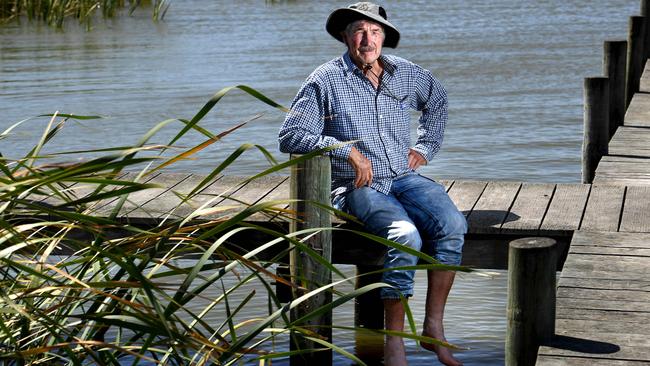
Nick Whiterod, senior aquatic ecologist with Aquasave Nature Glenelg Trust, said about 30 freshwater fish species could be “wiped out” by any move to block water flow to the Lower Lakes.
“Turtles and frogs would be impacted as well,” Dr Whiterod said. “It would totally change the dynamic of the system.”
Aquatic species suffered dramatic losses during the Millennium Drought, and Dr Whiterod said many were yet to recover.
Plans had been afoot to build a new weir at Wellington, but when the drought broke the move was abandoned.
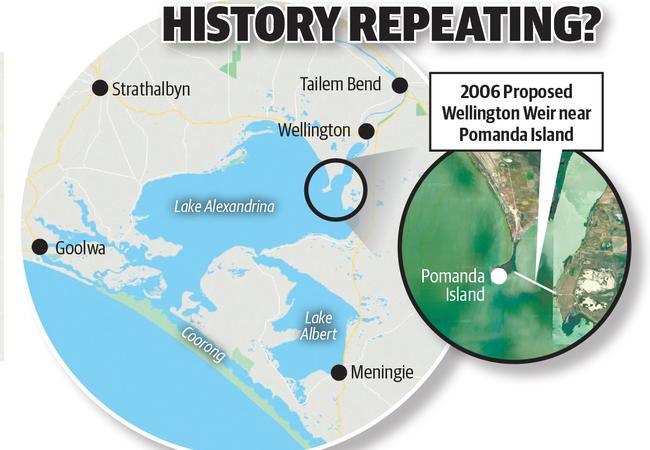
Elizabeth Tregenza is a member of the River Lakes and Coorong Action Group, which set up in opposition to the new weir.
Her group was still “totally opposed” to any move to resurrect the plan.
“It won’t bring any extra water to the system, but will create a huge environmental disaster,” Ms Tregenza said.
“The Coorong is already at a tipping point – it’s on life support.
“The Murray Darling Basin Plan was a big compromise for this region. (But) we just need to get on with putting it in place so we can work on fine-tuning it.
“No amount of scrapping the plan or putting in dams will create more water at the moment.”
Wellington Lodge owner Richard McFarlane, who runs cattle on land alongside Lake Alexandrina, has long opposed plans to build a weir alongside his property.
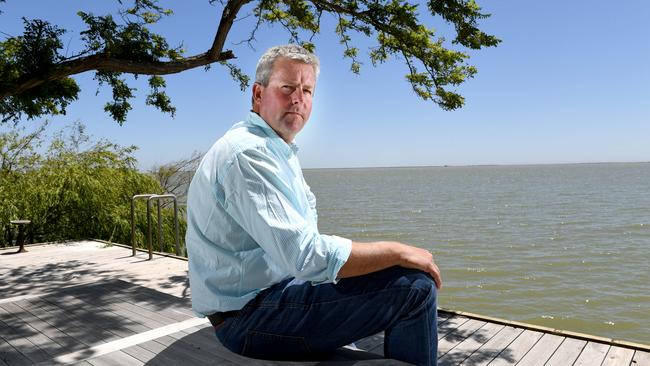
Mr McFarlane says his views haven’t changed, and is calling on the State Government to stand up to New South Wales.
“If you ask anyone in SA what they’d prefer – a healthy river system or irrigation, they’d all say a healthy river system,” Mr McFarlane said.
“New South Wales are a power house and they treat us like second-class citizens. It’s time for our government to really fire up and stand firm.
“I get sick and tired of our society looking at engineering solutions to try and defeat nature. It doesn’t ever work.”
Mr McFarlane believed farmers were in a strong position to tackle climate change and the ailing health of the River Murray.
A stronger focus on sustainable land management techniques would help reduce erosion and increase the soil’s ability to hold moisture, he said.
Meningie dairy and beef cattle farmer Sam Dodd said during the Millennium Drought, his business was forced to stop irrigating, and since then had also cut back on water use.
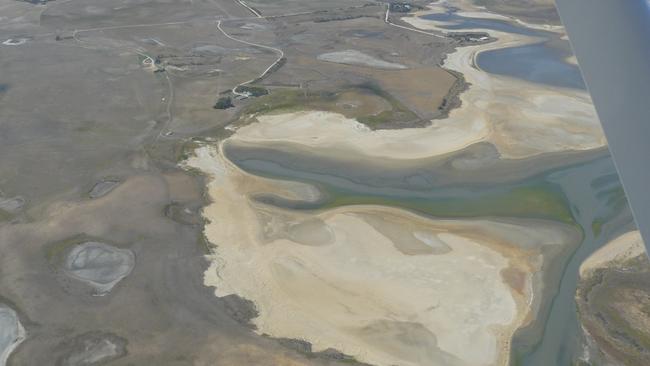
Removing the barrages and installing a new weir at Wellington would spell “complete disaster” for the region, he said. “Instead of us having these beautiful lakes, it would turn into a saline cesspool,” Mr Dodd said.
“I don’t think we’d keep dairying without irrigating.”
Alexandrina Mayor Keith Parkes said the $70 million Project Coorong aimed to save the Ramsar site from “the edge of collapse”.
“The whole water system relies on that water passing through. To interfere any further with it is just ludicrous..”
The barrages were also a vital defence from rising sea levels, Mr Parkes said.
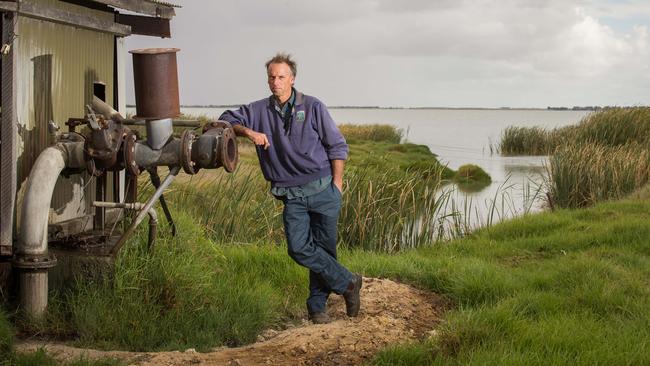
Clayton Bay Nursery and Environment Group member Peter Mirtschin recalls when the water in Lake Alexandrina receded about a kilometre out from the shore during the Millennium Drought. He said agitators in NSW were being “myopic about their own needs”.
Environment and Water Minister David Speirs said they supported all efforts to improve compliance and delivery of the Murray Darling Basin Plan.
“We would only be interested in looking at water sharing changes that improve long-term outcomes for all jurisdictions,” Mr Speirs said.
